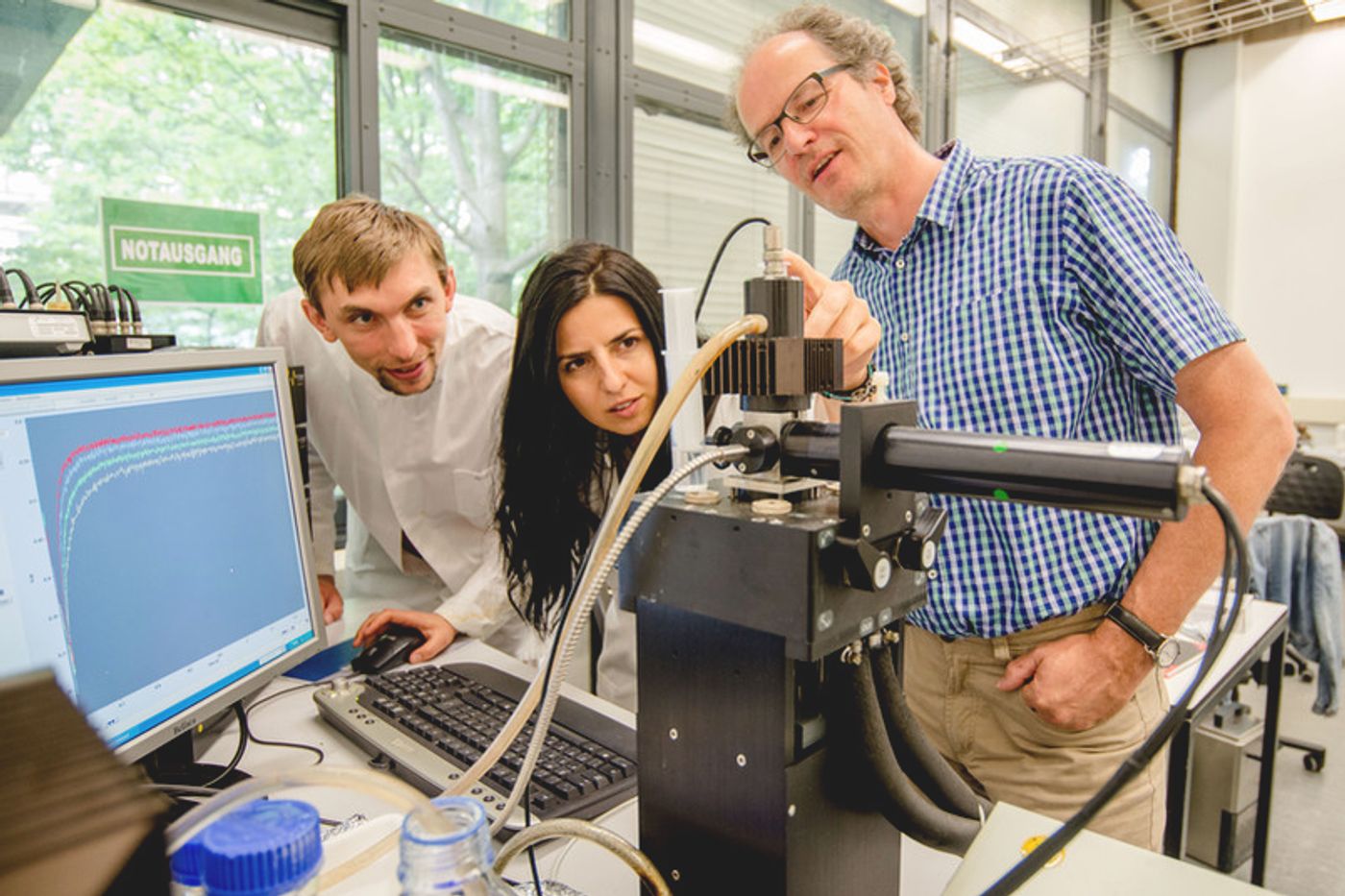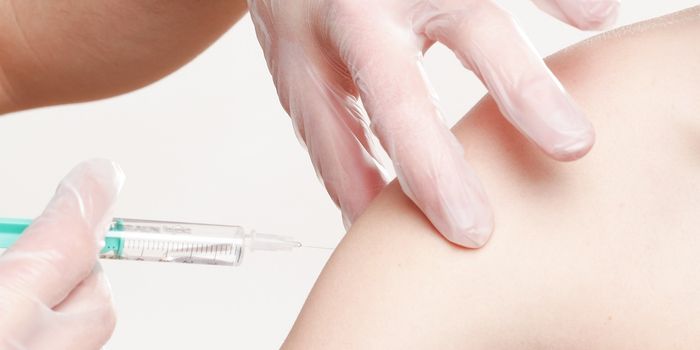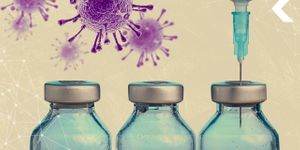"Membrane Blebs" Render Pathogens Defenseless
The immune system recruits many different types of cells that specialize in ridding the body of pathogens like bacteria and viruses. These specialized cells usually work by either recognizing virally-infected cells or bacteria and then marking them for destruction. In a new study of “membrane blebs,” scientists reveal how small proteins lend a helping hand in the fight against pathogens.
What are membrane blebs?
Membrane blebs are small pouches produced by a cell to engulf and trap pathogens before delivering them to be destructed. In this way, cells contribute to the anti-viral or anti-bacteria attack in their own way. From Ruhr-University Bochum and a team of researchers, scientists looked inside the cell to figure out exactly how they were creating these membrane blebs.
The foundation of membrane bleb formation is all thanks to human guanylate-binding protein 1, or hGBP1, researchers found. These proteins “talk” to a molecule called GTP, which is capable of carrying energy for cells and their organelles to use for various tasks. In this case, the task is to trap viruses and bacteria so they can’t spread infection.
Next, hGBP1 uses energy via GTP to morph into a completely different structure. In their new form, the proteins are able to produce a “lipid anchor.” This product is called an anchor because it helps the newly-structured hGBP1 connect to other hGBP1 proteins, making a massive blob of proteins to become a membrane bleb, a vesicle to trap pathogens.
Pathogens are engulfed by and trapped in these vesicles, which transport the pathogens to cell organelles called lysosomes, which are capable of dissolving the bacteria and viruses for removal from the cell.
With the involvement of hGBP1 in the creation of membrane blebs now understood in more detail, researchers are more equipped to help the immune system protect the body from a wide array of dangerous pathogens. This study also leads to the asking of this question: can scientists create their own membrane blebs to fight infection?
The present study was published in the journal Proceedings of the National Academy of Sciences.
Sources: Ruhr-University Bochum, Cell Death & Differentiation, Journal of Microscopy









